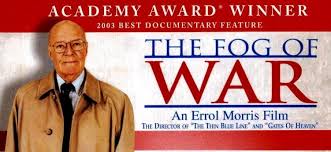How do you begin creating a story? Start with plot structure, so you have a skeleton to hang your story on.
There are three basic plot structures, according to Gabriel Taylor. I recently took his class in “Aesthetics of Editing” at Seattle Film Institute.
II Act Structure is most common for short form stories, such as jokes and most commercials.
- Act I: Buildup
- Act II: Payoff
III Act Structure is common to most movies, whether action, suspense, drama or comedy.
- Act I: Life is normal. There is no great action, and there is often some emotional content. Act I includes an inciting incident, something that pushes the hero (main character) out the door. The end of Act I has a turning point, when life has changed.
- Act II: This is where most of the struggle takes place. There is often a mid-point, such as The Kiss or other happy moment. Then things go downhill. At the end of Act II, our hero has reached the low of lows. This is the second turning point.
- Act III: Things get worse and worse. The story reaches a climax, then a resolution.
V Act Structure is common to documentaries and training films. You may also recognize it from the papers you wrote in school.
One of the examples used in class was “The Fog of War,” where former US Secretary of Defense Robert S. McNamara talked about the difficult lessons he learned about the nature and conduct of modern war. I saw the movie several years ago and found it fascinating.
Act I: Introduction or thesis. This could be something like “War is hell, and it’s tough to do it without making mistakes.”
Acts II, III and IV explore different parts of the thesis. There may be more than three acts in the mid-section; “V Act” is a convenient way to describe the structure.
“The Fog of War” explored a number of lessons that McNamara learned, such as
- Empathize with your enemy
- Rationality will not save us
- Belief and seeing are often both wrong
Act V: Conclusion. It’s a softer climax and resolution than in the III Act structure.
